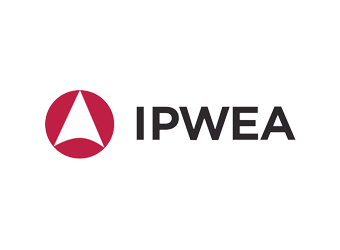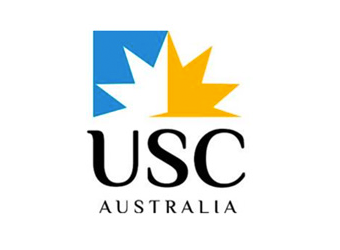The Atlan Spillceptor is a fibreglass unit with a 25-year warranty, which reflects its long 100-year design life. A key factor that contributes to this longevity is its fibreglass construction and single-piece design.
Fibreglass is an impervious material and has many properties that differentiate it from concrete devices. Concrete has a porous structure with air pockets due to the way it cures and sets, which can transmit liquids through the material.
Comparatively, fibreglass is impervious and largely chemically inert. This means that there is no transfer or leeching of surrounding contaminated environments through the wall of a fibreglass unit, the liquids contained stay within, and corrosion and chemical resistance is maintained.
Unlike concrete units, fibreglass oil and water separators are manufactured off-site and are not limited by processes like on-site concrete pouring. They have low on-site footprints and are quicker to install – requiring fewer open excavations, OH&S requirements, and heavy machinery.
On proprietary concrete systems, the warranty may vary depending on site conditions – and in some instances may only be provided for 12 months from the day of installation. In other cases, reputable full retention separator systems may ship with a structural sign-off but no commitment to an ongoing on-site warranty.
Design life and warranty commitments are key differences to look for when sourcing a full retention separator. There is a wide range in quality of devices available on the market – and due diligence should be applied when researching the best choice of device for your site.

















